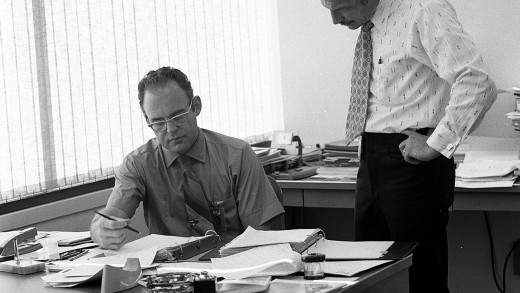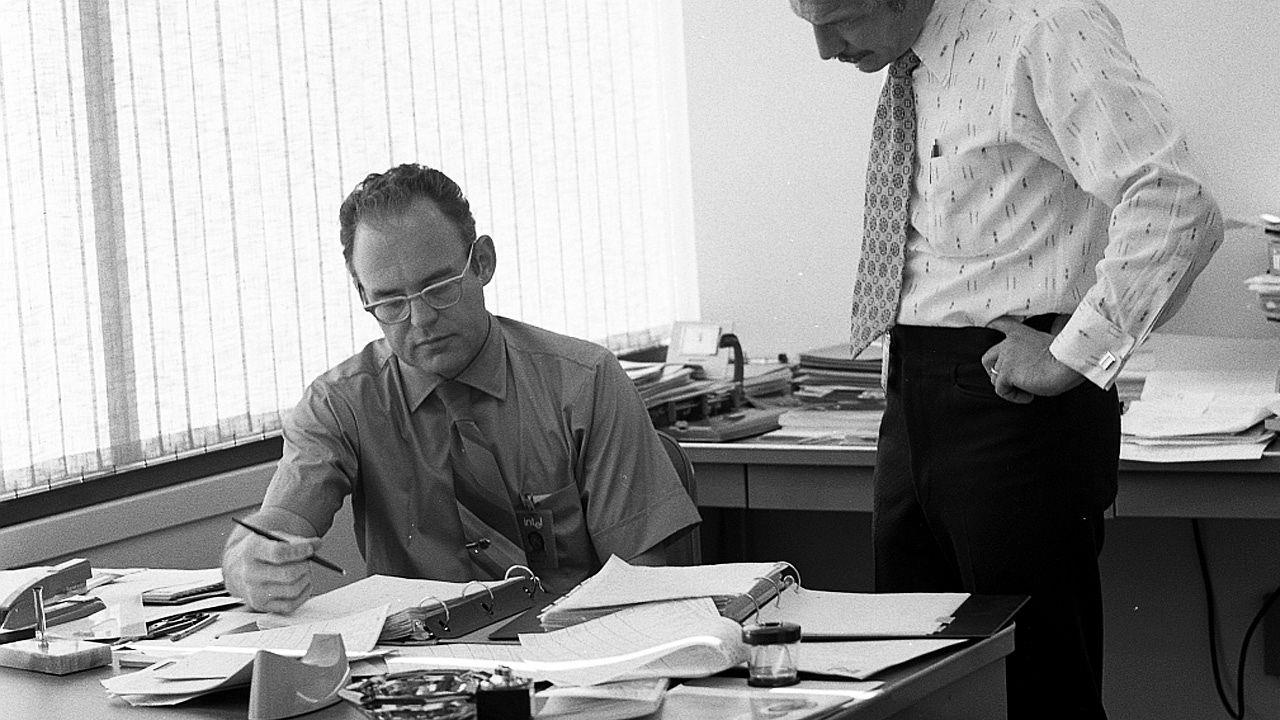it can be official: Moore’s regulation Is Nearing Its end
In 1965 Gordon Moore, who would go on to co-found Intel, wrote a paper wherein he described what has transform often called “Moore’s regulation.” It stated that the collection of transistors on a microprocessor will double roughly every two years, meaning, in theory, that every two years the processors within our devices would get twice as fast and be capable of do twice as so much. For the simpler a part of the ’70s, ’80s, ’90s, and into the primary decade of the 21st century, Moore’s law proved to be proper—but most effective as a result of it used to be a self-pleasing prophecy, consistent with a contemporary article within the science journal Nature, which argues that the prophecy is ready to come back to an finish.
as an alternative of being a natural final result of better engineering and fabrication methods, the amount of transistors on a chip only doubled each few years-–as Moore’s law stated it would—as a result of chipmakers intentionally chose to compare what the legislation said by means of agreeing to provide microprocessors on a roadmap that synced with Moore’s prediction. subsequent month, says Nature, the worldwide semiconductor industry will formally well known it will possibly now not preserve p.c. with the doubling of transistors each two years.
the explanations are as a result of physics and economics. As microprocessors circuits have reduced in size—currently about 14 nanometers throughout—the increasing the selection of circuits packed into a smaller size results in better amounts of heat given off. When devices was once within the form of huge pcs, this heat was more straightforward to dissipate. however our go-to computing gadgets are actually smartphones, and their small size doesn’t permit for the roughly warmth dissipation that future, an increasing number of faster microprocessors would require. As Nature points out, nobody needs to hold a sizzling smartphone.
the other reason for forsaking the Moore’s regulation roadmap is economic. to ensure that silicon chips to do extra, they need to percent more transistors in a smaller area. The smaller the chips become, and the more transistors they % in, the extra expensive they’re to manufacture, due to new fabrication amenities wanted to produce them. each and every fab facility can value billions of greenbacks, and not many corporations have the financial instruments to improve them.
as a result of this, the global semiconductor trade will say subsequent month that, for the primary time, its research and building plans is probably not based round Moore’s legislation. as a substitute, Nature studies that it is going to observe what could be known as the “greater than Moore” technique: “slightly than making the chips better and letting the applications follow, it will begin with purposes—from smartphones and supercomputers to information centres within the cloud—and work downwards to look what chips are needed to toughen them.”
alternatively, the announcement only applies to present expertise, which uses silicon to make chips. different materials may be used in the future that could wreck through the bodily and financial barriers hindering Moore’s legislation today.
(38)














